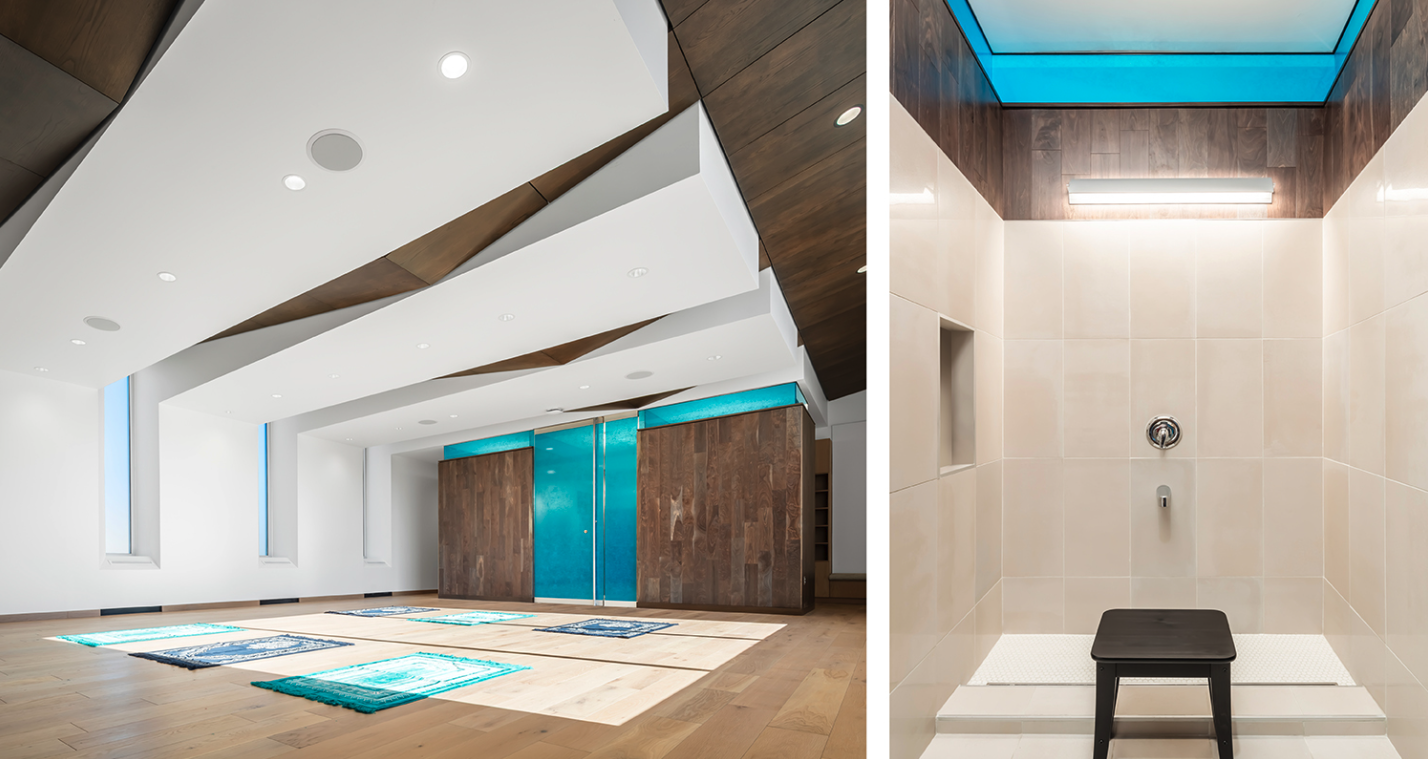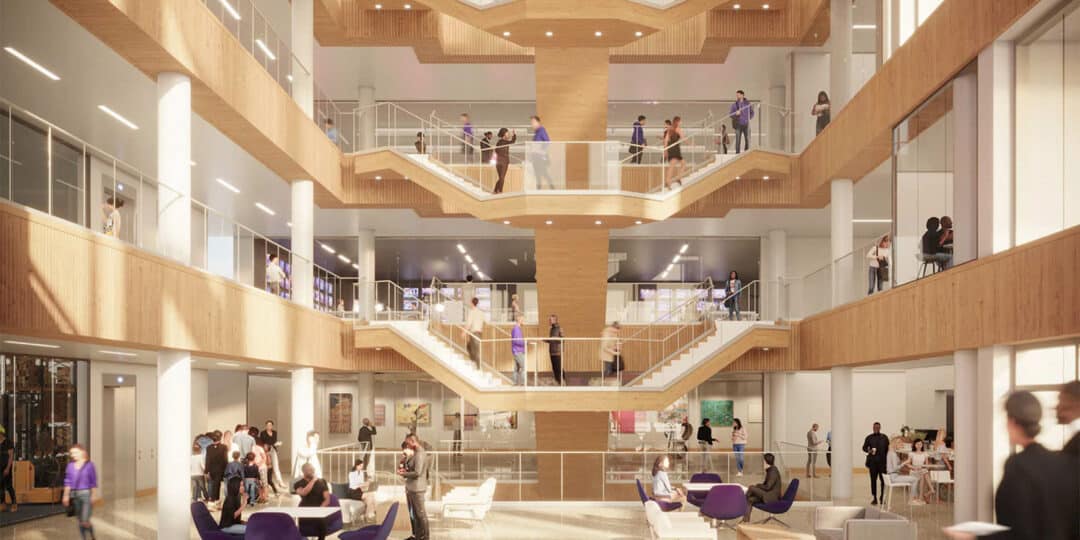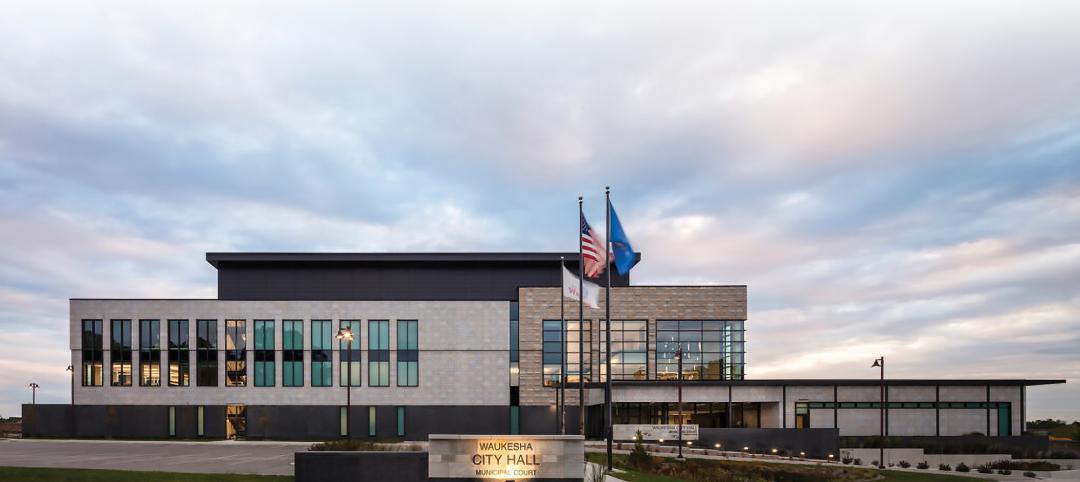BWBR seeks to bring an equity lens to every project we take on as part of the ongoing work of pursuing inclusivity in our organization and our communities. We believe that people are at the heart of creating good design, and that means striving to make sure that every voice is respected, valued, and heard. By inviting everyone in, we can foster belonging, and one practical way we live this out is by facilitating an inclusive design process.
When we talk about inclusive design, we mean anyone and everyone who will use or be impacted by a space. This requires representation across all genders, ages, races, religions, abilities, financial backgrounds, ethnic identities, sexual orientations, body types, and more.
WHAT IS INCLUSIVE DESIGN?
The foundation of modern, formalized inclusive design can be traced back to the Americans with Disabilities Act (ADA) in 1990, which was aimed at ensuring that individuals with disabilities be afforded the same opportunities and experiences, and the opportunity to participate wholly in all aspects of society (though certainly humanity wrestled with facets of accessible design going back much further historically).
With that goal of full participation for all in mind, inclusive design has developed beyond the simple rules outlined by ADA regulations resulting in features like adult changing tables, mothers’ rooms, prayer rooms, and inclusive restrooms. (And, of course, engaging local building officials on any unique or new solutions is vital to a smooth process — especially since not all officials will have the same position on things like alternative restroom planning, for example.)
Despite initial appearances, spaces that enable full participation can be deceptively complex. For example, a multi-faith prayer room design process would need to understand and account for the worship practices of various religions and translate those needs into physical space. Do men and women pray together or separately? Is kneeling space required? What sort of acoustic needs are there? Will there be candles or incense burned, requiring ventilation? What sort of décor requirements or prohibitions must be met? Do cardinal directions need to be clearly indicated? What ablution practices must be accommodated? Can the space be used for other purposes like yoga or meditation? These are just a few of the questions that require careful consideration, conversation, and collaboration.

Beyond specific features and functions, designers should also pay attention to inclusivity barriers found in more foundational elements of a project, including scale, wayfinding, historical context, sensory details, service animal access, and general visibility across and through space. Above all, the goal is to avoid creating unintended obstacles for users, with the end goal of creating spaces that welcome and serve everyone.
HOW DO YOU IMPLEMENT INCLUSIVE DESIGN?
While any design project is a complex undertaking, the key to successful inclusive design is to have a process built in right from the start. You don’t know what you don’t know, and the only way to find out is to hear directly from those who do! Our team works to deeply understand our client, their clients, and their staff, as well as their existing internal policies and philosophies around equity and inclusion. From there, we can understand who all of the stakeholders on the project will be and map out how to incorporate their voices.
Here are some of our top recommendations for facilitating an inclusive process:
- Prioritize empathy: Consider how various demographics will interact with your space — creating personas can be a helpful exercise for this.
- Pay attention to who is and is not “at the table:” Don’t forget about cleaning and maintenance staff, operations managers, or various community members, for example.
- Build trust: Make time to make everyone feel comfortable. One exercise our team likes is to ask everyone to share a space that makes them feel welcome and why, as an icebreaker or brainstorming prompt.
- Stay humble: Be flexible, open to feedback, and aware of your own limitations. Don’t be so focused on selling your idea that you forget to listen.
For example, through stakeholder conversations during the programming stage of a neighborhood center in a diverse community, our team came to understand the varying meanings colors held for different cultures. Some of our assumptions about which colors were “warm” or “inviting” were challenged as we gained a deeper appreciation for the way color interpretation is connected to cultural context—a valuable insight that we integrated into the final design.
The bottom line? Build a process with awareness and intention, then be open to what you learn along the way. We all benefit from greater representation, and the end design is so much stronger and more impactful when we make the time to make sure all voices are heard.
More from Author
BWBR | Mar 8, 2024
Conference room design for the hybrid era
Sam Griesgraber, Senior Interior Designer, BWBR, shares considerations for conference room design in the era of hybrid work.
BWBR | Jan 30, 2024
The practical magic of the design process
Designers bridge very different worlds, and there can be an air of mystery about the process and the various roles within it. We invited some of the BWBR team to clear things up.
BWBR | Aug 10, 2023
The present and future of crisis mental health design
BWBR principal Melanie Baumhover sat down with the firm’s behavioral and mental health designers to talk about how intentional design can play a role in combatting the crisis.
BWBR | May 24, 2023
The future of work: What to expect in 2023
While no one disagrees that the workplace has undergone tectonic changes, it is less clear how to understand these shifts and synthesize them into practical action for the coming year.
BWBR | Apr 13, 2023
Urgent care facilities: Intentional design for mental and behavioral healthcare
The emergency department (ED) is the de-facto front door for behavior health crises, and yet these departments are understaffed, overwhelmed, and ill-equipped to navigate the layered complexities of highly demanding physical and behavioral health needs.











